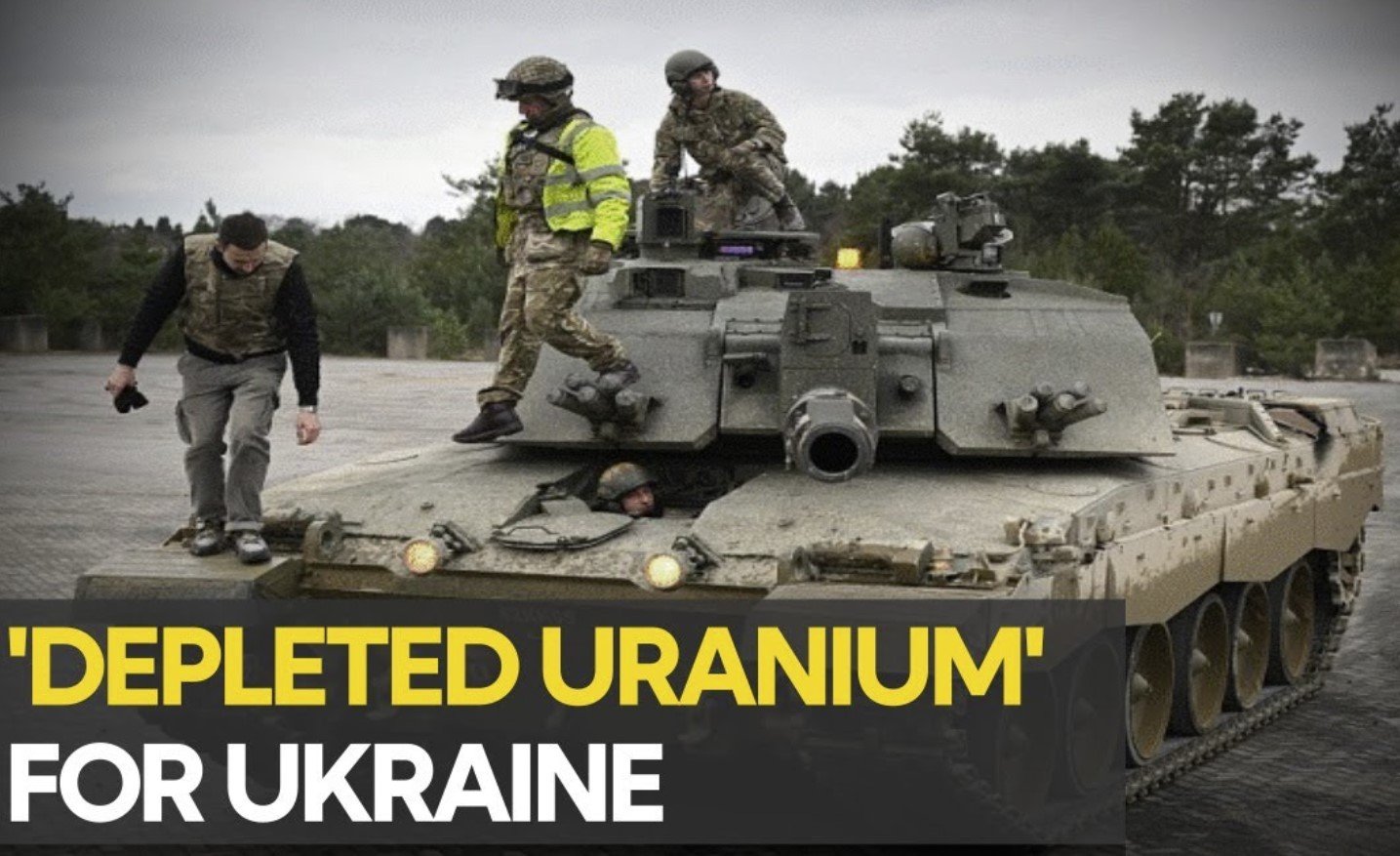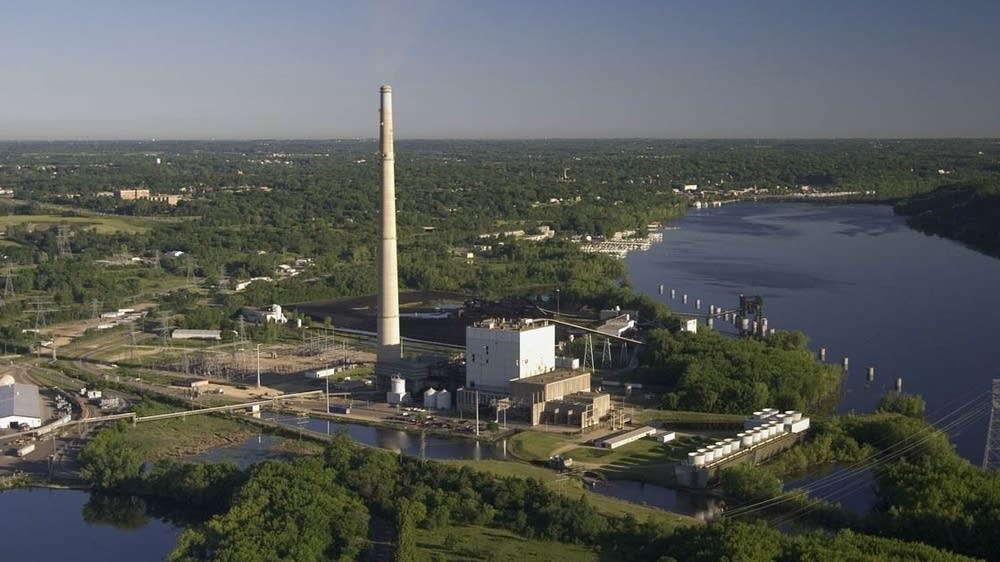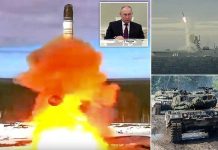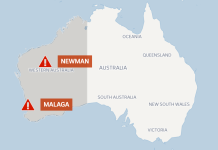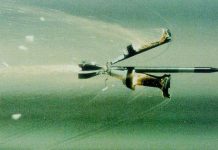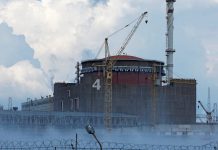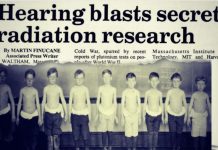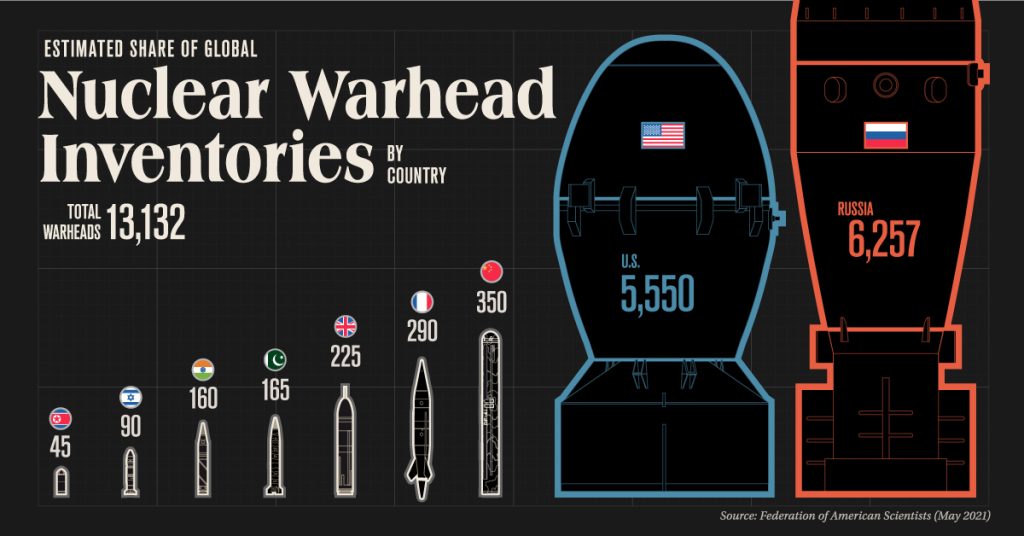
At the end of the Cold War, the third largest nuclear power on earth was not Britain, France or China. It was Ukraine. The Soviet collapse, a slow-motion fall that culminated in December 1991, meant that newly independent Ukraine inherited around 5,000 nuclear weapons that Moscow had stationed on its soil. The underground silos of its military bases contained long-range missiles carrying up to 10 thermonuclear warheads, each far more powerful than the bomb that leveled Hiroshima. Only Russia and the United States had more weapons.
The removal of this arsenal is often hailed as a triumph of arms control. Diplomats and peace activists have made Ukraine a model citizen in a world of potential nuclear powers.
But history shows that denuclearization was a chaotic upheaval that rocked with infighting, reversals and discord between the country’s government and military. At the time, Ukrainian and American experts questioned the wisdom of atomic disarmament. Lethal weapons, some argued, were the only reliable means of deterring Russian aggression.
Today, Ukraine has no easy way to produce or acquire the materials needed to make a bomb. Even so, the nuclear genius is stirring again as Russian troops surround the country and wage a shadow war in its easternmost provinces.
“We gave away the capability for nothing,” said Andriy Zahorodniuk, Ukraine’s former defense minister. Referring to the security guarantees Ukraine obtained in exchange for its nuclear weapons, he added: “Now, every time someone offers us to sign a piece of paper, the response is: ‘Thank you very much. We already had one some time ago.
Western analysts say the current Ukrainian mood tends to romanticize the atomic past. “The bottom line is, ‘We had the guns, we gave them back and now look what’s happening,’” said Mariana Budjeryn, a Ukraine specialist at Harvard University. “On a political level, I don’t see any movement towards any form of reconsideration. But on a grassroots level, that’s the narrative.
“Regret is part of it,” added Dr Budjeryn, from Ukraine, in an interview. “The other part is how you feel as a result of an injustice.”
At first, Ukraine rushed to remove Soviet weapons from its soil. Bombs, artillery shells, landmines, and the relatively small warheads atop short-range missiles were the easiest to move and the most likely to fall into hostile hands. More difficult to move were the long-range missiles, which could weigh 100 tons and reach a height of nearly 90 feet.
In January 1992, a month after the demise of the Soviet Union, Ukraine’s president and defense minister ordered military commanders and their men to take an oath of loyalty to the new country – a decision that would exercise administrative control over the remaining weapons. Many refused, and the soldiers who managed Ukraine’s nuclear forces fell into a period of tense bewilderment over the fate of the arsenal and its operational status.
Volodymyr Tolubko, a former nuclear base commander who was elected to Ukraine’s parliament, argued that Kiev should never give up its atomic advantage. In April 1992, he told the assembly that it was “romantic and premature” for Ukraine to declare itself a non-nuclear state and insisted that it retain at least some of its long-range warheads. A residual missile force, he said, would be enough to “deter any aggressor”.
Although his position never gained widespread support, “it aggravated existing tensions”, according to a detailed history of Ukraine’s nuclear disarmament.
In the summer of 1993, John J. Mearsheimer, a prominent University of Chicago international relations theorist who was no stranger to controversy, lent his voice to the issue of atomic detention. He argued in Foreign Affairs that a nuclear arsenal was “imperative” if Ukraine wanted to “keep the peace”. Deterrence, he added, would ensure that the Russians, “who have a history of poor relations with Ukraine, do not move to win it back.”
In Kiev in 1993, the government went so far as to consider taking operational control of its nuclear missiles and bombers. But that never happened.
Instead, Ukraine launched. She demanded that in exchange for nuclear disarmament she needed ironclad security guarantees. This was the heart of the agreement signed in Moscow at the beginning of 1994 by Russia, Ukraine and the United States.
At the end of 1994, the promises materialized. The agreement, known as the Budapest Memorandum, signed by Russia, Ukraine, Britain and the United States, promised that none of the nations would use force or threat against Ukraine and that all would respect its sovereignty and its existing borders. The agreement also stipulated that in the event of aggression, the signatories would request immediate action from the United Nations Security Council to help Ukraine.
While Kiev had failed to get what it wanted – the kind of legally binding guarantees that would come with a formal treaty ratified by the US Senate – it received assurances that Washington would take its political commitments as seriously as its legal obligations, according to Dr. Budjeryn, research analyst at the Managing the Atom project at Harvard’s Kennedy School.
In May 1996, Ukraine saw its last nuclear weapons brought back to Russia. The repatriations had taken half a decade.
Understanding the escalation of tensions over Ukraine
Ominous warnings. Russia called the strike a destabilizing act that violates the ceasefire agreement, raising fears of further intervention in Ukraine that could drag the United States and Europe into a new phase of the conflict.
The position of the Kremlin. Russian President Vladimir V. Putin, who has increasingly portrayed NATO’s eastward expansion as an existential threat to his country, said Moscow’s military buildup was a response to the deepening Ukraine’s partnership with the alliance.
What undid the diplomatic feat was the “collective failure” of Washington and Kyiv to factor in the rise of someone like Vladimir V. Putin, Budapest Memorandum negotiator Steven Pifer, and former US Ambassador to Ukraine now at Stanford University, said in an interview. After Russian troops invaded Crimea in early 2014 and escalated a proxy war in eastern Ukraine, Mr Putin dismissed the Budapest deal as null and void.
“They have been waging a low-level war for eight years,” Mr. Pifer, who has just returned from Kiev, said of the Ukrainians. “You can’t find bullets in stores. Many civilians arm themselves.
In Ukraine, the invasion of Crimea and the long war led to a series of calls for atomic rearmament, according to Dr. Budjeryn, author of “Inheriting the Bomb,” a forthcoming book from Johns Hopkins University Press.
In March 2014, former foreign minister Volodymyr Ohryzko argued that Ukraine now had the moral and legal right to restore its nuclear status. In July, an ultra-nationalist parliamentary bloc presented a bill for the recovery of the arsenal. Later that year, a poll showed that public approval stood at almost 50% for nuclear rearmament.
Last year, Ukraine’s ambassador to Germany, Andriy Melnyk, said Kiev could turn to nuclear weapons if it cannot join NATO. “If not, how can we guarantee our defense? Mr. Melnyk asked. The Foreign Office denied that such options were being considered.
Western experts, including Dr Budjeryn, view the Ukrainian agitations and threats as meaningless gestures given the tangle of scientific, logistical, financial and geopolitical challenges that Kiev would face if it opted for nuclear rearmament. Kiev could encounter the same dilemmas faced by Tehran, which has worked tirelessly for decades to acquire the know-how and materials needed to build a bomb – which Ukraine apparently lacks.
More broadly, experts fear that the current crisis will transform Ukraine from an example of arms control benefits into an example of atomic disarmament risks, and push the world’s Iranians and Saudis to continue their own nuclear weapons programs.
“If a diplomatic solution is not found, it will reinforce the impression that nuclear-weapon states can intimidate non-nuclear states” and thus “reduce the incentives” for disarmament, said Daryl G. Kimball, executive director of the Arms Control Association in Washington.
Mr. Pifer, the former ambassador to Ukraine, argued in the interview and a 2019 analysis that the high costs of rearmament would ultimately include Ukraine finding itself alone in any crisis or confrontation with Russia.
“Many countries support Ukraine,” he said of the current standoff. If, however, the nation went nuclear, Mr. Pifer added, “that support would quickly dry up.” [NYT]
Subscribe to Galileyo
Galileyo is a new Information Distribution Platform that gathers uncensored information from our proprietary global information sources and delivers that information to you, regardless of the situation on the ground, via global Satellite Phone Networks.
Support my work
If you follow my website StrangeSounds.org, you already know that my site has been banned from ALL ADS NETWORKS! So now I really count on you and your donations to keep Strange Sounds up and running! Support my work and family. Thank you for your help!
Paypal Donation Link
If you use Amazon, you can also use our link below, to enable us getting a small affiliate revenue. Thanks again!
Support Us With Amazon
Or if you enjoy natural health products, I recommend Natural Health Source:
Support Us With Natural Health Source
Finally, you can also subscribe to this blog to get more amazing news curated just for you right in your inbox on a daily basis.
Subscribe to my Newsletter
You should really subscribe to QFiles. You will get very interesting information about strange events around the world.





